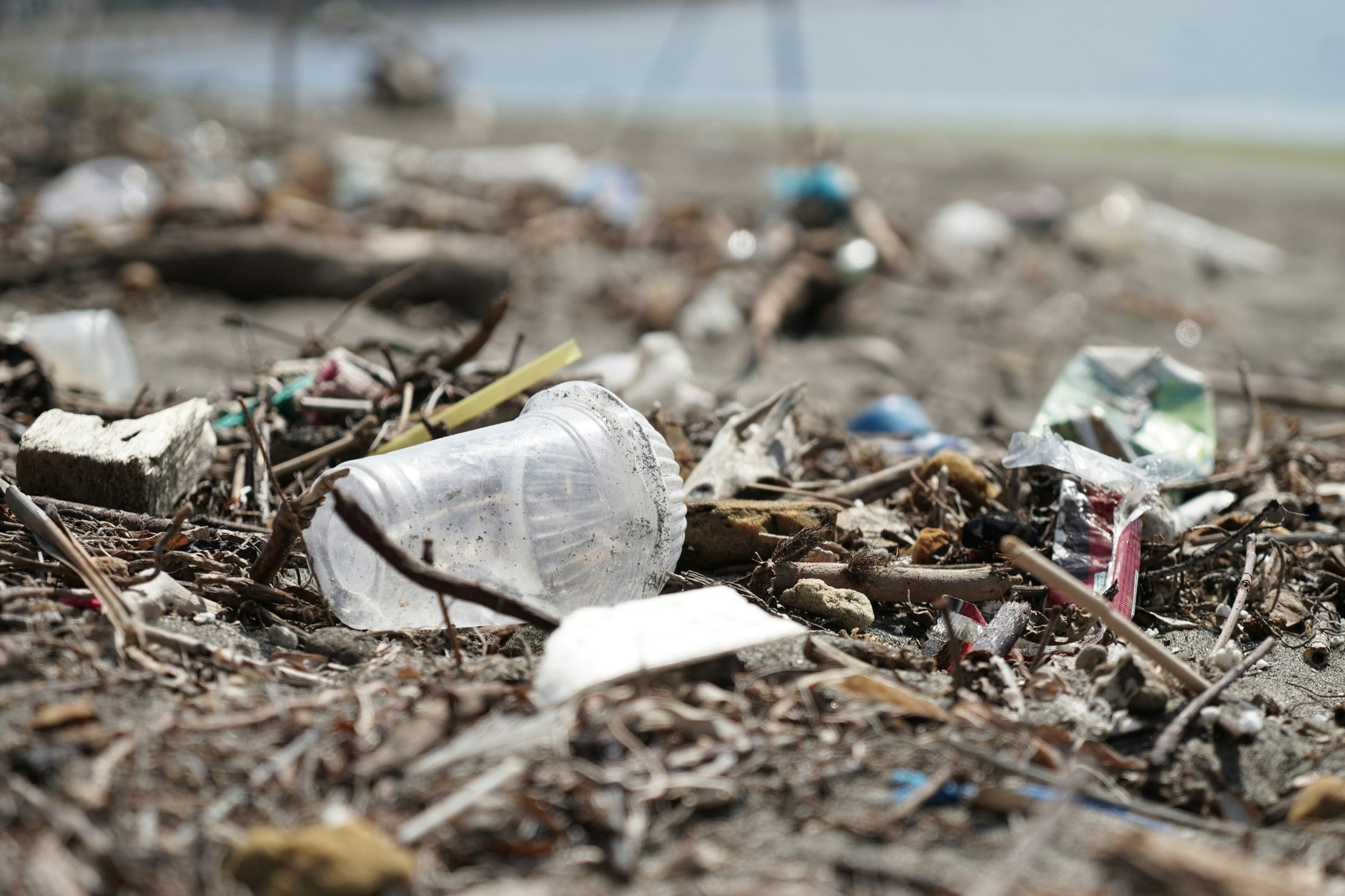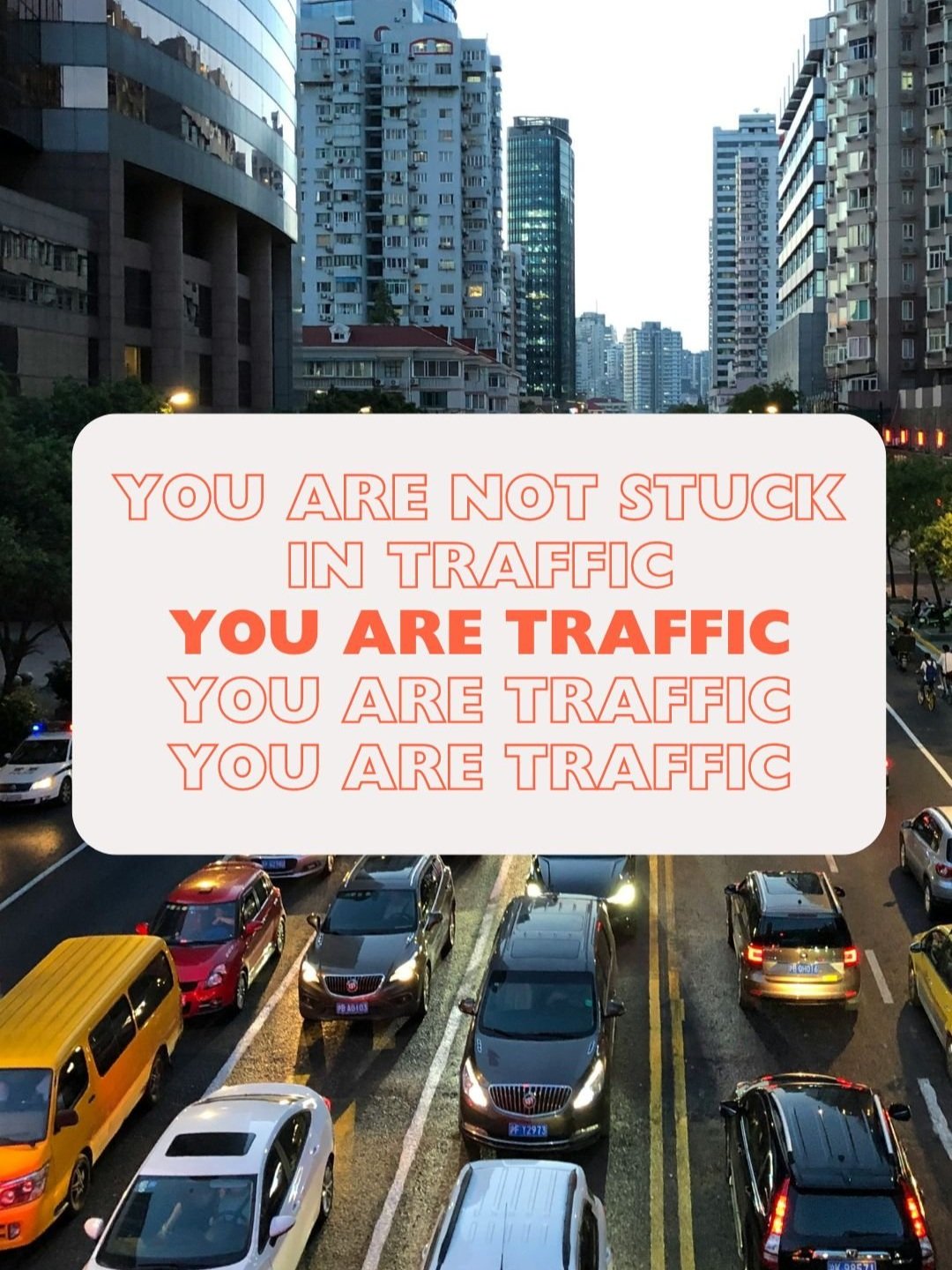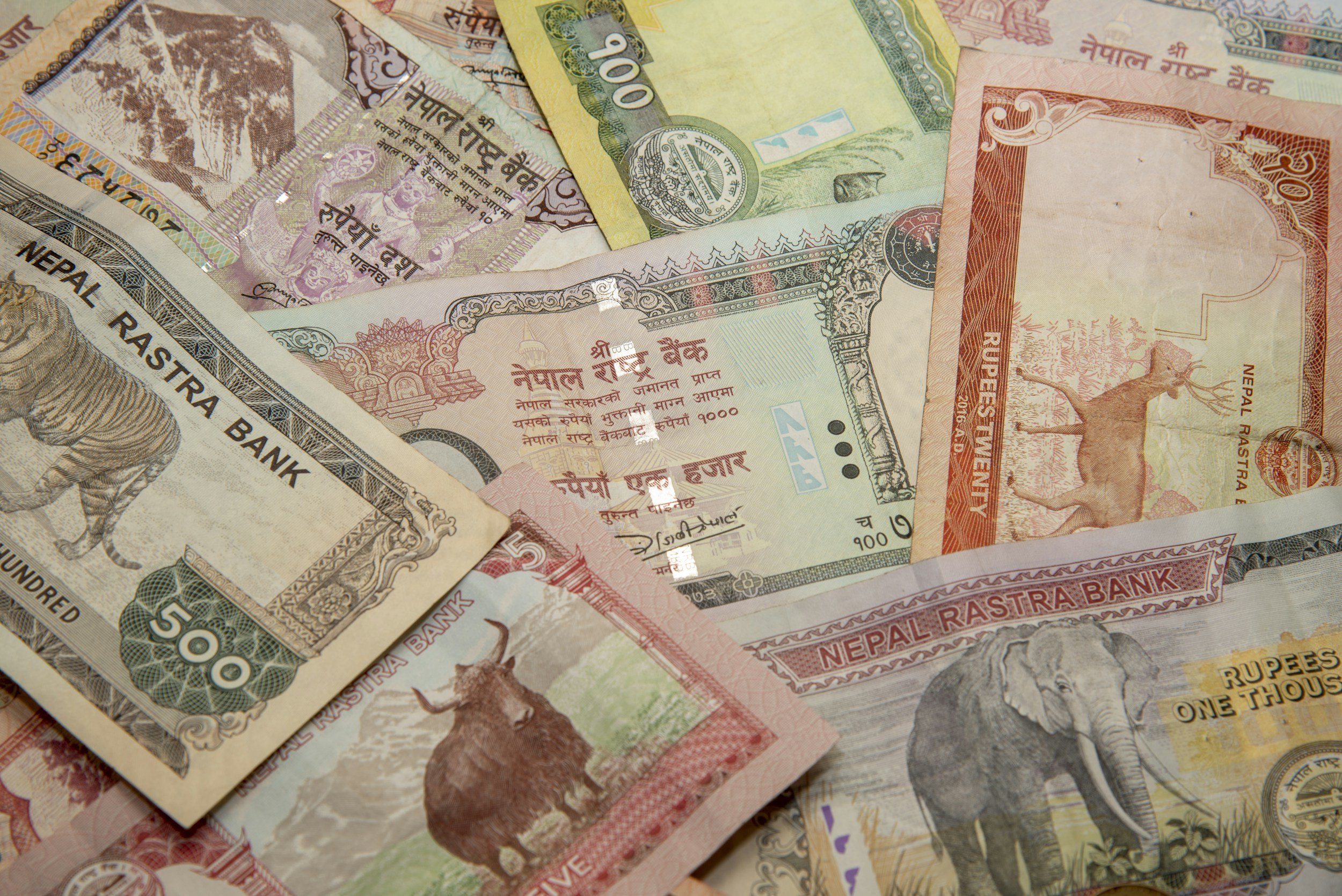The Problem With…Being Vegan
Eating With Intention - On Being Vegan, Not Vegan, and Everything in Between
Within a few weeks of my undergrad degree, I learned how bad Big Agriculture is for the environment and decided to go vegetarian, aside from the fish that we would spearfish on the weekends. For years, I was a strict vegetarian, then the cheese in South America did not sit well with me, so I was committed vegan for a couple years. I studied the ethics, I read the science, and I felt proud of the clarity my choices brought. Food was a boundary I could control in a world that often felt overwhelming—especially as a traveller, watching the waste, the excess, and the damage done in the name of convenience. But like many things, that clarity eventually softened.
I chose to go plant-based because it was a statement of values: sustainability, compassion, justice. I wanted to tread lightly, to reduce harm, and to opt out of systems built on suffering.
It made sense. It still does.
Factory farming is devastating. Industrial meat production is cruel, destructive, and unnecessary. There are better ways. And for a long time, I believed not eating animals at all was the only ethical choice. Until I started asking better questions.
Two years ago, something shifted. I read the book Eat Like A Fish by Bren Smith. And with the rise of regenerative agriculture, there are now many options to have a positive difference while eating. I also wanted to experiment with my experience as an omnivore while re-visiting all the guides. I only added: eggs and meat only from free ranging, village chickens; and fresh water fish used to help fertilise rice fields.
The Local Wisdom That Changed Me
After COVID, when travel resumed, I returned to Southeast Asia with new eyes. And I started listening more carefully—not just to my own values, but to the people who live closest to the land who eat what they grow and only shop from people they know.
I sat at tables with local guides who knew every plant, river, and root. I asked them how their families cooked, what grew nearby, and what they would feed guests with pride. I learned that they only ate chickens they raised were not part of any industrial system. They lived alongside families, fed kitchen scraps, and roamed freely knowing they could roost in safety at night.
And the fish? Often used in rice paddies, part of an interwoven ecosystem—where the fish fertilise the soil, the soil feeds the rice, and the rice sustains the people. It’s not extractive. It’s cyclical. Regenerative. Local.
That’s when I stopped asking “is this vegan?” and started asking:
“Is this respectful? Is this rooted?”
What I also started to see was negative side that come with the convenience of a refrigerator in the developed world. I was in a tiny fishing village and a fisherman came up with a huge octopus. He got lucky that morning and caught too much in his fish trap. So we bought the octopus for BBQ and he also made some money for a rainy day. This is how eating with intention can change lives, locally and globally.
The Joy of Saying Yes
One of the greatest joys has been watching my guides light up when they brought me to their favourite places to eat. They know where the food is grown, who’s cooking it, and how the recipe connects to the land. Saying yes to these meals has deepened my relationship with each destination more than any checklist or restaurant review ever could.
These aren’t mass-produced dishes. These are stories.
Shared through broth. Through spice. Through presence.
Eating in these little hole in the wall restaurants in itself is a way to connect deeply with the places we visit.
It’s Not About Perfection. It’s About Participation.
I still eat mostly plant-based. I still avoid dairy, especially because coconut ice cream is often an option in the touristy areas. I still question where my food comes from. But now I do it from a place of connection, not control. I eat in a way that honours the earth, yes—but also the people of the earth. Their heritage. Their practices. Their generosity.
And once we leave major cities where everything is on demand and imported for convenience, finding food sourced directly from their neighbourhood is so much easier.
Yes, a perfect poached egg, sitting on top of avocado and sourdough toast is great for a photo op, but most of the time I’ll happily say yes to a bowl of soup made with foraged greens and river fish, offered with a smile on a quiet roadside.
To vegan or not to vegan?
From my experience and for my reason for going vegan to be more sustainable, while you’re travelling in remote places, I am going to lean no on veganism. When we eat at little restaurants and coffee stops along the way, you can feel the difference you’re making. The families running these places are beyond happy for visitors, and everything is crafted with love and appreciation.
While travelling or in everyday life, I just tend to follow a simple rule when it comes to food—don’t be an a-hole. Don’t freak out if someone puts a little bit of parmesan on your pasta. If something was cooked with meat, it’s okay eating around it, someone else will have your share. And here’s the big one, do not impose your thoughts and feelings about how you eat on others unless asked.
Eating like the locals, and eating with the locals is one of the easiest ways to combat tourism leakage and be a part of communities rising above subsistence farming and fishing.
TL;DR: This essay reflects on the evolution of the Jin’s food values—from strict veganism to something softer and more rooted in place. While originally motivated by sustainability, ethics, and justice, Jin later discovers that food systems in Southeast Asia often operate on deeply regenerative and relational terms. Factory farming is still harmful, but rigid veganism doesn’t always align with local wisdom or respectful travel. Eating with intention—choosing local, rooted, non-extractive meals—is often a more ethical, community-driven way to engage with food while on the road.











